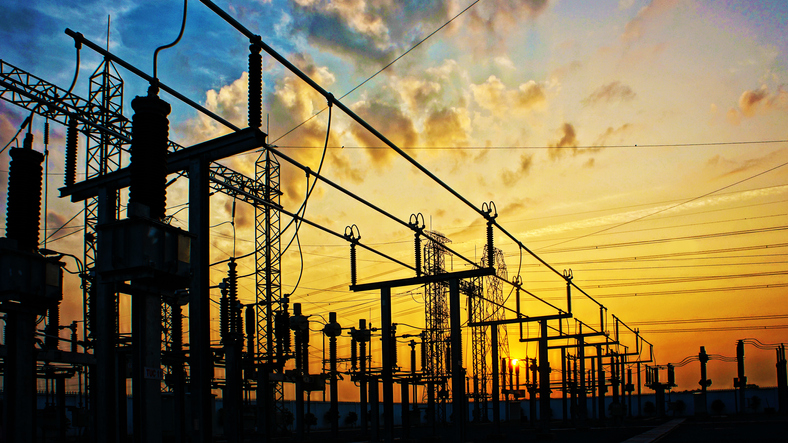Electricity substation leases and easements – key points to consider by the landowner
Joanna Stepien, a solicitor in the real estate team looks at points to consider for the landowner on entering into an electricity substation lease and related easements.
If you are a developer one of the most important points to cover in your due diligence prior to starting development is to ensure that it will benefit from all essential and usual services, such as water, electricity, gas and telecoms. You will need to contact statutory providers and enter into legal agreements with each of them separately and agree what works you need to carry out to enable the utility providers to connect the development into their networks.
If you are dealing with the electricity provider, sometimes all you will need to do is to lay cables to connect them to the existing network. However, it is also possible that it will be necessary to install an electricity substation to serve the development. The utility providers have some statutory rights that allow them to carry out works necessary to provide electricity to the communities but, whenever possible, they want to have a binding agreement with the landowner. In the case of an electricity substation, this is often done by entering into a substation lease and easements. Although the electricity providers will have standard forms of lease and easements which they will want to use, there are still some points that the developer should consider and negotiate if possible. The main points worth considering are as follows:
Relocation/Lift and shift
As the landowner, you should try to include provisions allowing you to move the substation or cable to an alternative location so that you are free to develop the land in any way you want. This may not be so important when the development is newly built as you are unlikely to already think about more works but it may be crucial in future if changes need to be made. If you insist on such clause being included, you should consider triggers for relocation and bear in mind that you will be expected to cover the costs of any such relocation.
Alienation
The utility provider will want to be able to share occupation of the substation and use of the cable with group companies as it may be necessary for their business and to be able to transfer (assign) the lease and rights to another utility provider easily. You may resist underletting of the substation to make sure that not too many companies have rights to the property but group sharing and assignment are usually permitted and are likely to be insisted on.
Access
Depending on where the substation and cabling is on the development, you may want to resist 24 hour access rights for the utility provider over the property itself or the rest of the development. For example, if the substation is within a building that is only open between certain times, you need to be careful to limit the access rights so that you are not obliged to keep the building accessible at all times when you would not otherwise. Access in emergency is often covered by separate provisions.
Repair
Almost every lease contains an obligation on the tenant to keep the property in repair and the electricity substation lease is no exception. The lease also needs to make clear that the tenant’s equipment is kept in repair at all times throughout the term. Quite often additional wording is added to require the tenant to make sure that the equipment is safe although the providers are bound by statutory rules in that respect anyway.
Reinstatement
If the lease does not contain a specific duty on the tenant to remove its equipment and reinstate the property, the tenant is not obliged to do so. Making the equipment safe is one thing but removing it may be very costly. As the landowner, you should ensure that the tenant is obliged to reinstate and to indemnify you if they fail to do that and you incur costs yourself. An easement should provide for cabling to be left safe and capped off if the cabling ceases to be used – it is not usual for utility providers to be required to remove cables upon abandonment.
Insurance
The utility provider should put suitable third party liability insurance in place to indemnify you against losses and claims arising in connection with the substation or other equipment.
Conclusion
As any other legal document, the lease and easements will need to be reviewed as a whole. Some of the above points may need to be negotiated more than others and the list is not exhaustive. Depending on the nature of the development, the landowner may find some issues crucial but will be more relaxed about other provisions. However, it is important to ensure that the lease does not adversely affect the value of the investment. Although it may not be possible to negotiate everything in the lease, you should try to obtain the best deal you can. Any prudent buyer, whether of a single unit or the development as a whole, will also evaluate the present the lease and easements have on the development, as well as potentially in future.

